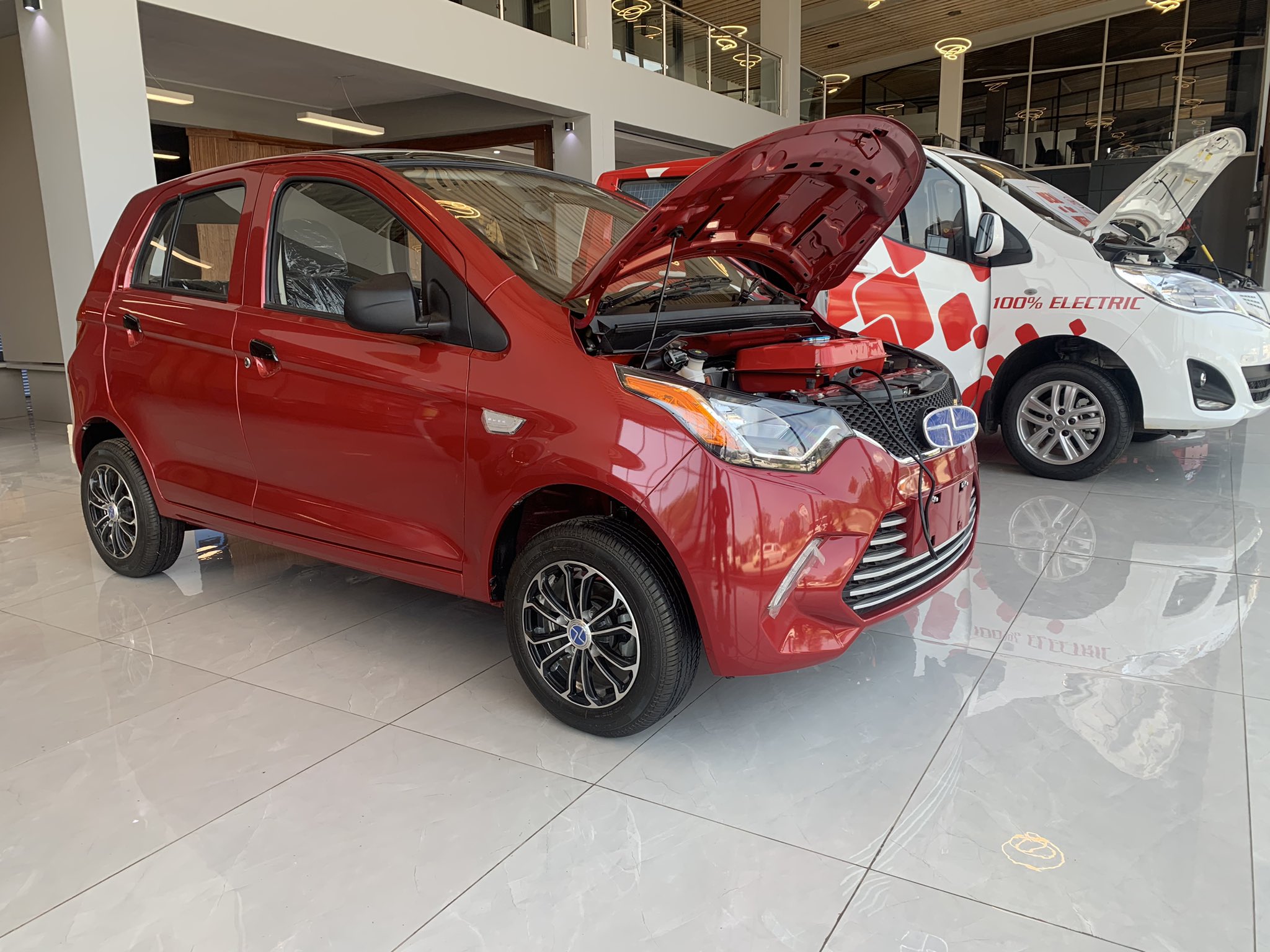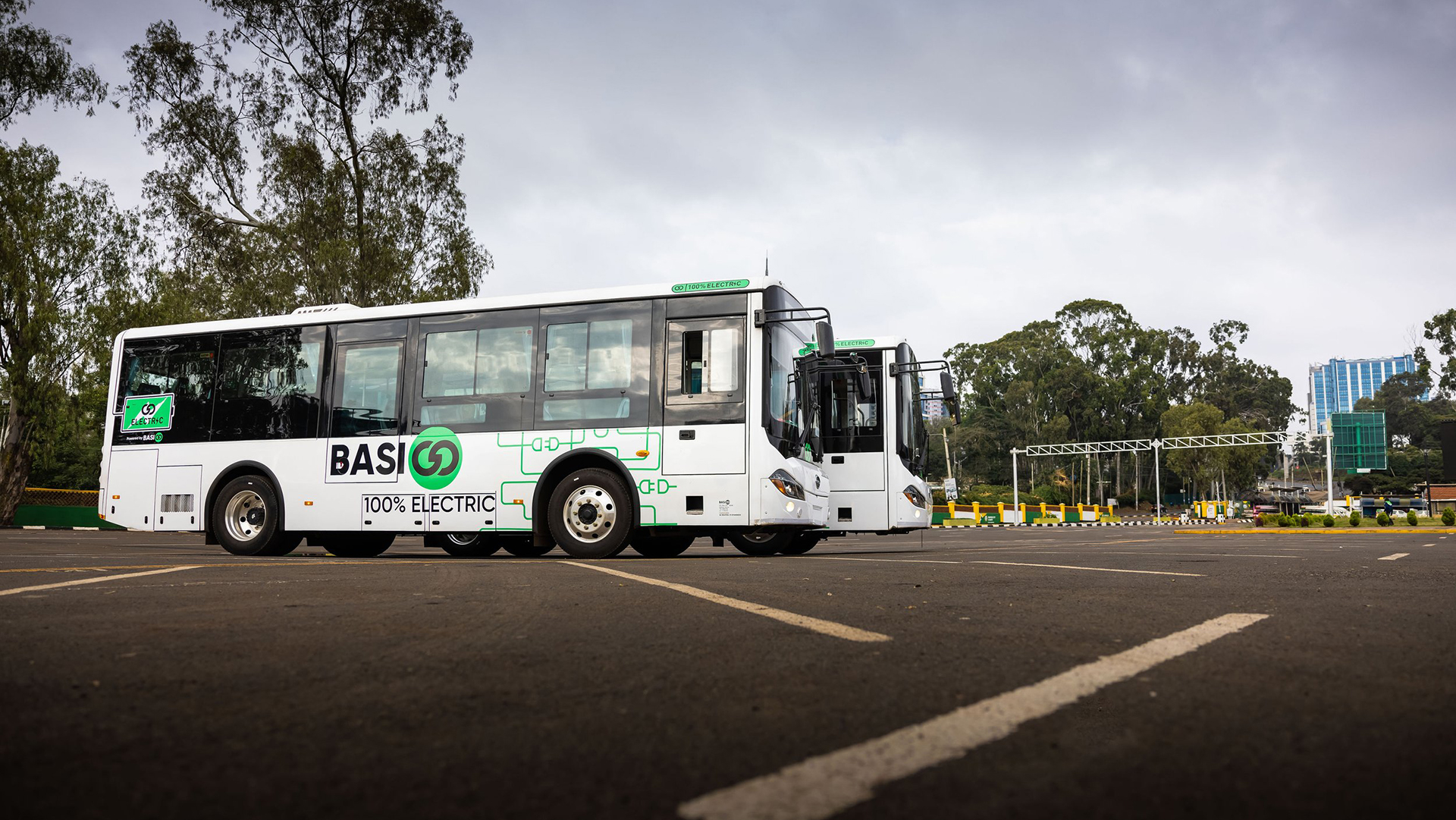A little while ago we talked about electric cars and how the revolution is still some ways away from Zimbabwe. It appears the universe has a sense of humour because we were invited to the official launch of the Derry V7 and M7 by Electric Vehicle Centre Africa (EVCA).
The car is made by the Chinese firm Henan Derry New Energy Automobile Co. Ltd (or Derry Auto). It is a four-door hatchback with a max speed of about 60km/h. Both Derry V7 and M7 are packing a 150Ah battery that is good for about 200km of range in their Eco Pro mode. All of this is powering a 10KW/AC motor which drives the rear wheels.
There are also the usual commonplace amenities like air conditioning, an Android touchscreen centre console with Google Maps, Bluetooth connectivity, and a single USB port under the climate dials.
It’s by no means flashy, the car is an entry-level vehicle with plastic trim and faux leather in the interior. And for anyone wondering if it has power windows, yes it has. It’s 2022, and I can’t imagine there is a car in production (electric or otherwise) that has manual wind-up windows.
Sticker price starts at US$17,000
Seems normal thus far but what makes the Derry special?
As with most electric cars, Zimbabwe is going to be a tough market to crack. This is, of course, because of the rolling residential blackouts and the rarity of public charging stations. But the Derry is packing a couple of surprises.
The first is that the M7 variant comes with a 300W solar panel on the roof. This means that if you are somewhere in town or at home you can leave it out in the sun and it will charge itself.
Now, if you have ever used a solar system, you’ll know that you are at the mercy of cloud cover and the natural progressions of the sun in the sky. This situation is mitigated by sun-tracking panels but those are expensive and aren’t on the Derry M7.

The second trick that the Derry M7 has is an optional range extender which is essentially a small petrol generator. You can activate it from the inside of the car but it means that you will have to be stationary to charge it via the generator.

The eco-friendly community the world over might laugh at this but at face value, this is a really interesting addition. If you, for example, have no electricity, you can simply put petrol in the small generator and charge the car.
On the “end fossil fuel” front, it’s not ideal but from the Zimbabwean perspective, there is some merit to this. Fuel is available and a backup onboard generator is a valuable asset because it pushes the car’s total range to about 300km without being plugged into a socket.
To top it all off, you won’t need to install a complicated wall home charging port. The Derry V7 and M7 come with a conventional three-pin (UK) plug connector that, on the specs sheet, says you can charge it up in 4 to 6 hours. This means that you can plug it into your wall at home or roll out an extension cable…
A potential competitor for the town runners?
It appears that Derry Auto tried to make an electric car with provisions for the “developing world”. It is evident in how you can just plug the car into an extension cable from your home as well as make a generator the range extender.
All of these concepts are pretty easy to understand from the African perspective. Most of the technology is familiar to most on the continent and it’s essentially plug-and-play.
However, with a max speed of 60km/h, it isn’t going to spark a fire in those who are performance orientated. Where the Derry M7 and V7 sit, in my opinion, is more as a fleet car for corporates, driving schools (if automatic licences are a thing now in Zimbabwe) or as an entry into electric vehicles for numerous ride-share startups in Zim.
On paper, they definitely have some things going for them because as the argument always is for EVs, 1KwH of electricity is cheaper than 1L of petrol or diesel. Additionally, electric vehicles are much easier to maintain because there is only one moving component. There are no oil changes or blown head gaskets with EVs.
It’ll be interesting to see how the Derry M7 and the standard V7 do in Zimbabwe. There are a number of EV Centre Africa’s BYD-made cars on the roads. It might not be too long before we see a few Derry M7 and V7 on Zimbabwe’s roads.
Let us know what you think about the car in the comments below.








